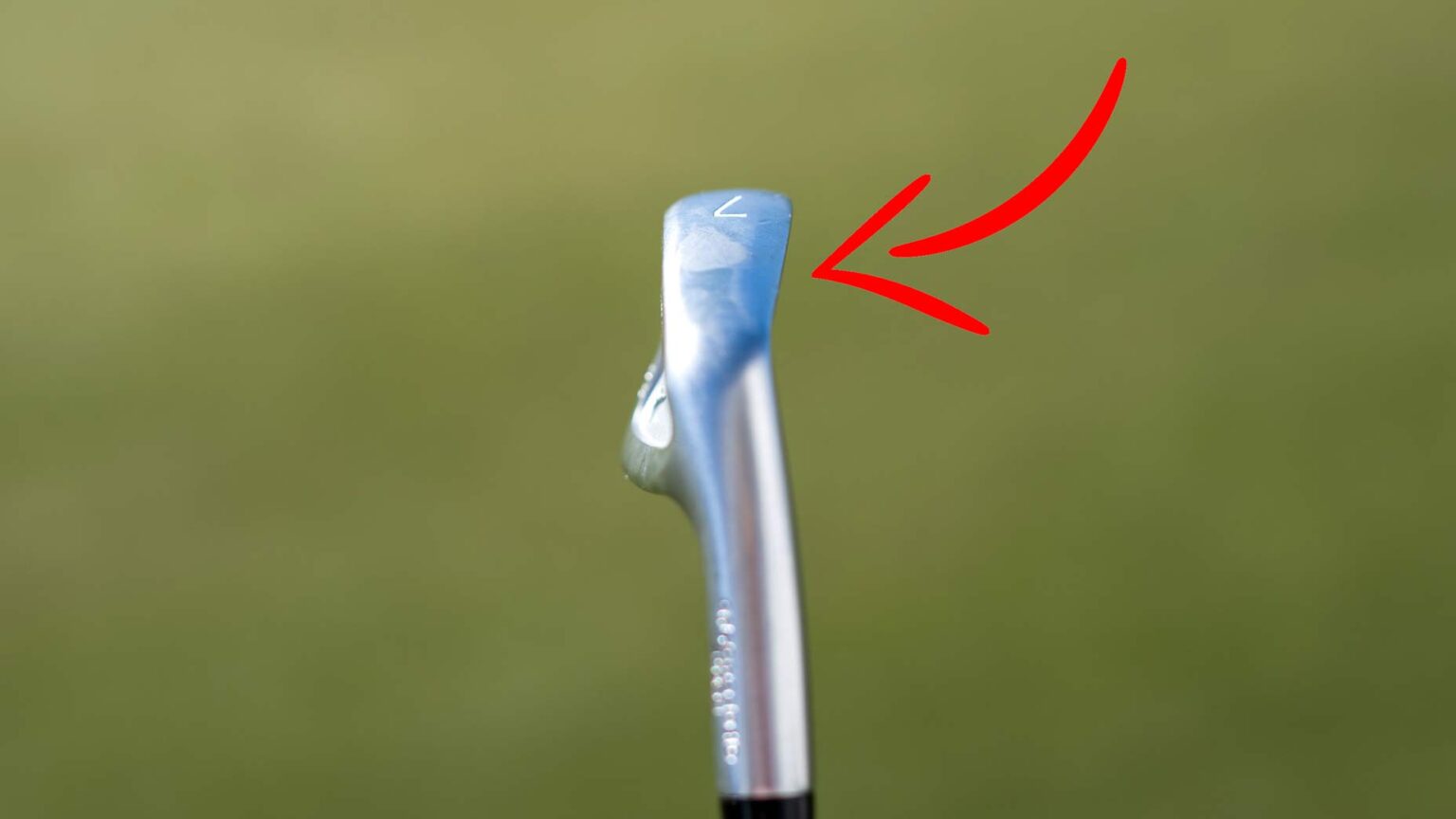The Importance of Iron Fitting: Understanding Sole Design and Turf Interaction
In the world of golf, fitting the right irons can significantly impact a player’s performance. Among the various aspects to consider, turf interaction stands out as a critical factor. Not only does it influence how the club interacts with the ground, but it also contributes to a player’s overall shoot score. This article delves deep into the realm of iron fitting, emphasizing the importance of sole design and how it has evolved in recent years.
Why Turf Interaction Matters
Turf interaction is paramount for golfers aiming for consistent, accurate shots. A well-designed iron sole can enhance a player’s ability to interact with the turf smoothly, allowing for cleaner hits. With modern advancements in technology, manufacturers have started to focus more on how the design of an iron’s sole can influence performance. This evolution has led to the emergence of novel sole technologies that optimize various aspects of the iron’s performance.
The Evolution of Sole Design in Golf Irons
Historically, iron designs revolved around shaft and head combinations. However, recent years have seen a shift toward promoting the importance of sole technology. This change gained momentum, particularly following the introduction of Srixon’s Tour V.T. sole with their Z585 and Z785 irons in 2018. These innovations emphasize the relationship between a player’s angle of attack and their ability to achieve optimal strike locations.
Innovations from Leading Manufacturers
Renowned golf brands like Callaway and Titleist have also taken notice of the significance of sole design. Recent prototypes from Callaway, featuring a dual sole design, have been introduced to increase bounce and forgiveness. Similarly, Titleist’s Vokey wedge team has concentrated on refining the soles for their T-Series irons. These steps reflect a growing understanding that sole characteristics can differentiate models and cater to player preferences.
The Rising Importance of Bounce
The concept of bounce has become increasingly critical in iron design. New models from major manufacturers, including Mizuno and Miura, now showcase additional bounce on the leading edge of their irons. This innovative feature can significantly enhance the club’s performance on various turf conditions, allowing players to achieve more accurate shots even when faced with challenging lies.
Key Insights from Industry Experts
Kris McCormack, co-host of GOLF’s Fully Equipped podcast, emphasizes the significance of sole design in determining why players gravitate towards certain brands. “Often, if one OEM is trying to understand the appeal of another’s model, the sole design will come up as a pivotal point of differentiation,” he states. This insight illustrates how essential it is for manufacturers to not only innovate but also communicate these advancements effectively to their audience.
Noteworthy Examples in Sole Design
An interesting example of innovative sole design can be found in the unreleased iron prototypes spotlighted during a recent visit to Carlsbad. These models exhibited visible tweaks aimed at enhancing turf interaction, showcasing how important it is for manufacturers to continuously explore and evolve their designs. Additionally, well-established models such as the Mizuno JPX 925 Forged irons highlight how legacy brands can adopt new technologies while retaining their classic appeal.
The Role of Custom Fitting
Moreover, custom fitting is pivotal in capitalizing on technological advancements in iron designs. Proper fitting allows golfers to explore various options, ensuring that the club they choose aligns with their unique swing mechanics. This customization not only improves performance but also enhances the overall enjoyment of the game. Options like grain flow forging and CORTECH design integrate well with custom fitting approaches to offer golfers an unparalleled experience.
The Impact of Color and Aesthetics
While performance is paramount, aesthetics should not be overlooked. Many players have strong preferences regarding the look of their clubs, and manufacturers are increasingly aware of this trend. For instance, Mizuno offers a variety of finishes on their JPX 925 Forged irons, catering to both traditionalists and modernists alike. This attention to detail shows that the holistic appeal of a club can influence buying decisions just as much as its performance metrics.
The Future of Iron Technology
Looking ahead, the golf equipment industry is poised for rapid changes in iron technology. As players become increasingly discerning about the gear they choose, manufacturers will need to continually innovate. The incorporation of artificial intelligence, advanced materials, and enhanced manufacturing techniques will likely redefine what golfers can expect from their iron sets.
A Call to Action
For golfers eager to upgrade their equipment or simply explore new models, investing time in understanding the role of iron sole design is essential. Whether you are a beginner or a seasoned player, a custom fitting session can unlock your full potential on the course. As golf continues to evolve, staying informed about these innovations will enhance not only your game but also your enjoyment of this wonderful sport.
Conclusion
In summary, the design of an iron’s sole is a vital component that can influence a golfer’s performance, making it an area worth exploring for any serious player. From turf interaction to bounce and aesthetics, the advancements in iron technology are significant. As more brands embrace these changes, golfers have more options than ever to tailor their equipment to their needs. Embracing these innovations can lead to improved performance and enjoyment on the course — a goal every golfer strives for.
